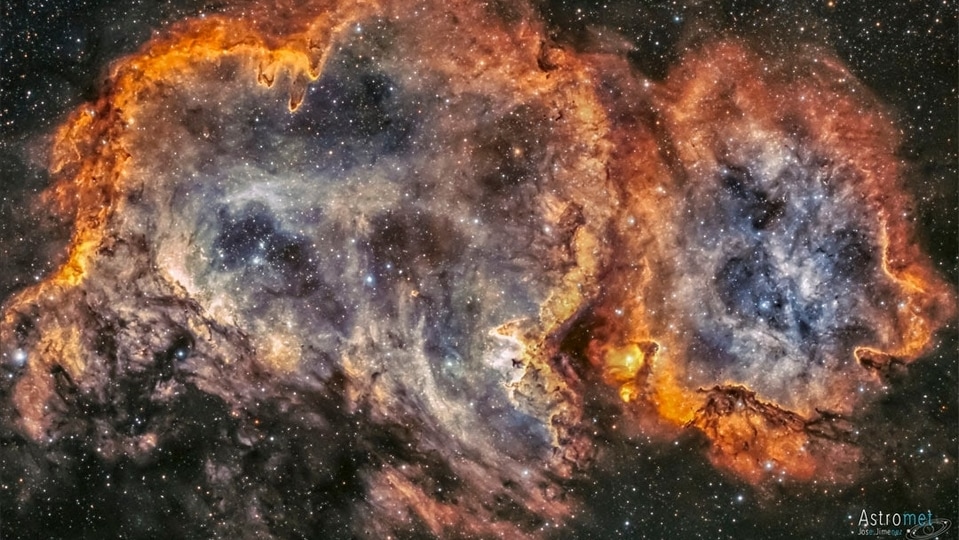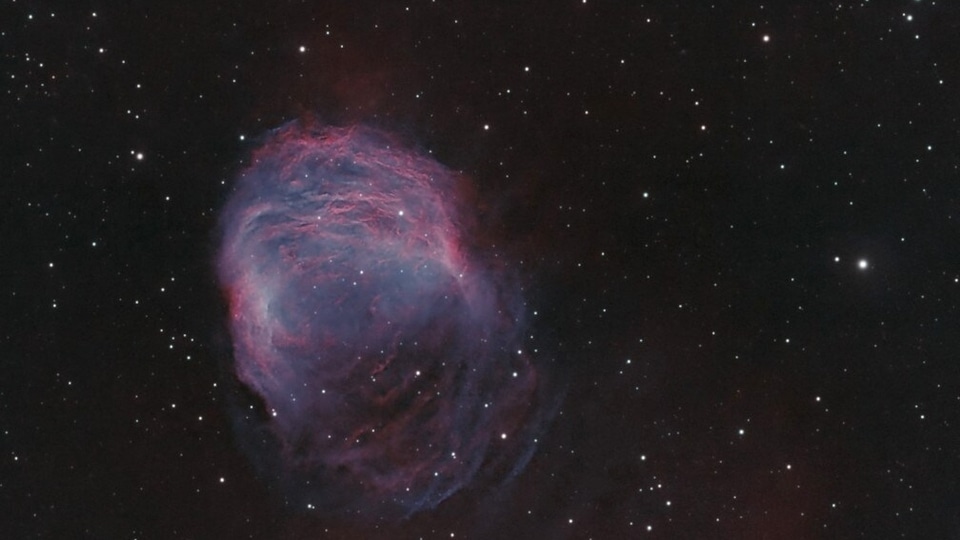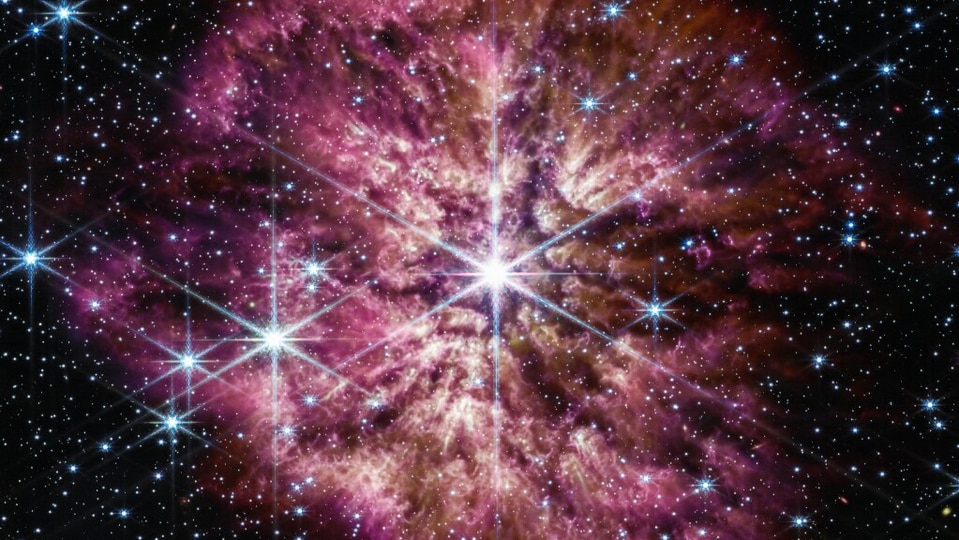NASA Astronomy Picture of the Day 18 March 2023: Wolf-Rayet 124 star-30x BIGGER than Sun
NASA Astronomy Picture of the Day is one of the most luminous stars - the Wolf-Rayet 124. NASA shares details.






 View all Images
View all ImagesOne of the most luminous and massive stars, known as Wolf-Rayet 124, has been snapped by NASA. The US space agency has shared it as its Astronomy Picture of the Day on March 18. It was first observed by NASA's James Webb Space Telescope in June 2022. It is around 15000 light-years distant toward the northern constellation Sagitta. Most shockingly, it has over 30 times the mass of the Sun.
NASA said while sharing the photo, “Driven by powerful stellar winds, expanding shrouds of gas and dust frame hot, luminous star Wolf-Rayet 124 in this sharp infrared view. The eye-catching 6-spike star pattern is characteristic of stellar images made with the 18 hexagonal mirrors of the James Webb Space Telescope. "
More about Wolf-Rayet 124
This star's turbulent nebula, which spans almost 6 light-years, was formed during a brief and infrequently occurring phase of massive star evolution within the Milky Way, NASA explained. This nebula is a harbinger of the imminent supernova explosion that will signal WR 124's impending stellar death. The dusty interstellar debris generated by the supernova and contained within the nebula will shape the development of forthcoming generations of stars.
Stars such as WR 124 are used by astronomers as an analogue to gain insights into a critical period in the early evolution of the universe. These dying stars played a key role in the initial distribution of heavy elements throughout the young cosmos, as these elements were produced in their cores. These elements, which are abundant in the present era, including on Earth, owe their origins to these ancient stars.
Tech behind Wolf-Rayet 124's image
With the help of the Mid-Infrared Instrument (MIRI) on the James Webb Telescope, astronomers are able to discern the lumpy composition of the gas and dust nebula enveloping the star, which was formed by the ejection of its material. Prior to the deployment of the Webb telescope, experts studying dust formation in environments similar to WR 124 were impeded by a lack of comprehensive data about the region.
Catch all the Latest Tech News, Mobile News, Laptop News, Gaming news, Wearables News , How To News, also keep up with us on Whatsapp channel,Twitter, Facebook, Google News, and Instagram. For our latest videos, subscribe to our YouTube channel.
































